Krasi (officially: Κράσιον) is a mountainous village in the Municipality of Chersonisos, Heraklion regional unit, Crete, Greece. It is located at an altitude of 600 meters on the northwestern slopes of Mount Selena (highest peak 1559 meters), 46 kilometers southeast of Heraklion city.
The main occupations of the residents are olive cultivation and livestock farming. The village has a small plateau with fertile land that is used for agriculture and provides for a large part of the residents’ food needs.
Landmarks
- The Great Plane Tree: A massive plane tree with a trunk circumference of 24 meters, estimated to be between 1800 and 2000 years old. It stands near the “Megali Vrisi” (Great Fountain) and shades a large area where the village holds social events, especially during the summer months. The plane tree is a famous landmark in Krasi and is considered one of the largest trees in Europe.
- Megali Vrisi (Great Fountain): A spring with abundant water that irrigates a large area with fruit trees, mainly walnut trees. The springs in Krasi form one of the most beautiful water supply complexes in Crete. They were built in 1890 by craftsmen from Mochos village.
- The Old Washbasins: Stone basins located near the lower fountain, where women used to gather to wash clothes.
- “To Spiti tis Logotechnias” (The House of Literature): Founded in 2009 and housed in a building from 1882, it serves as a residency for writers and artists.
- Traditional Tavernas: Krasi is known for its traditional tavernas serving local dishes cooked in wood-fired ovens.
History
Krasi is mentioned in documents from 1280 as “Crassi.” In 1583, it had 169 inhabitants. During the Ottoman period, there were no Turkish residents in Krasi.
The renowned Greek writer Nikos Kazantzakis spent several summers in Krasi in the 1910s and 1920s. His wife, Galatea Alexiou, was originally from the village. Kazantzakis found inspiration in Krasi, and the village is featured in some of his works, such as “Captain Michalis.”
At the site called “Armi,” a circular tholos tomb with Cycladic influences was excavated by Spyros Marinatos. The tomb contained scattered bones and pottery shards from the Minoan period. Archaeological research has revealed other residential and burial remains from the Minoan era in the wider area.
Natural Environment
To the northeast of the village, on the slopes of Mount Selena, there is a forest of holm oaks, kermes oaks, and maple trees. This area is accessible by trails starting from Krasi and Malia.
Krasi is part of the Natura 2000 network of protected areas. The monumental plane tree was declared a preserved natural monument in 2011.
Village Key Points
- Historical References:
- 1280 documents as “Crassi.”
- 1583 census with 169 inhabitants.
- Location: Municipality of Chersonisos, Heraklion regional unit, Crete, Greece. 46 km southeast of Heraklion city.
- Altitude: 600 meters
- Historical Significance: Ancient remains, association with Nikos Kazantzakis.
- Population:
Year |
Population |
|---|---|
1583 |
169 |
2011 |
147 |
2021 |
136 |
- Current Status: Active village with a primarily agricultural economy and some tourism.
Access
Krasi is 12.7 kilometers away from Neapoli and 4.3 kilometers away from Tzermiado













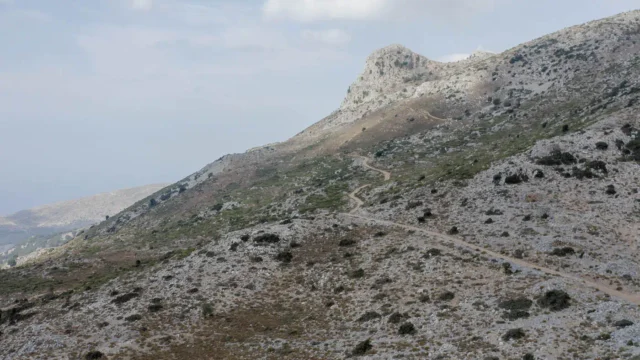

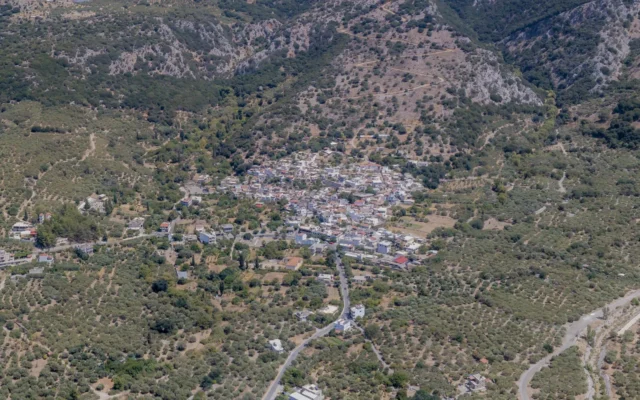
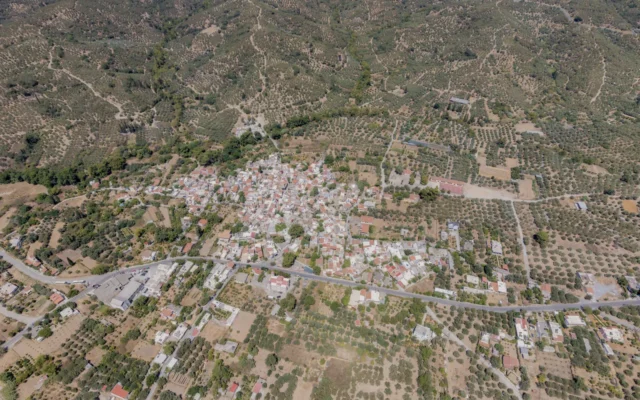



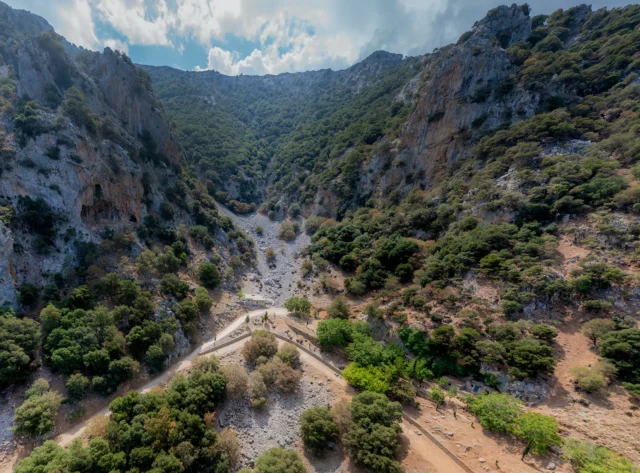
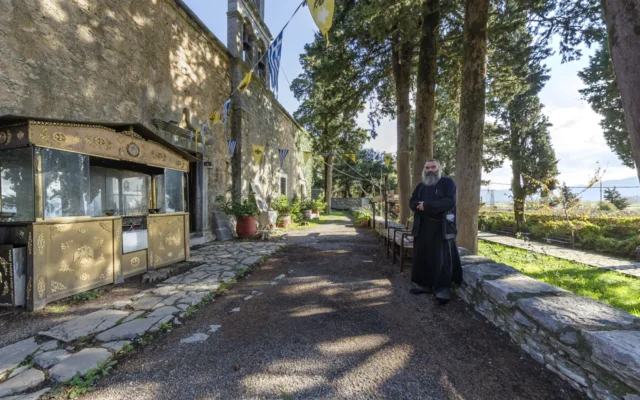
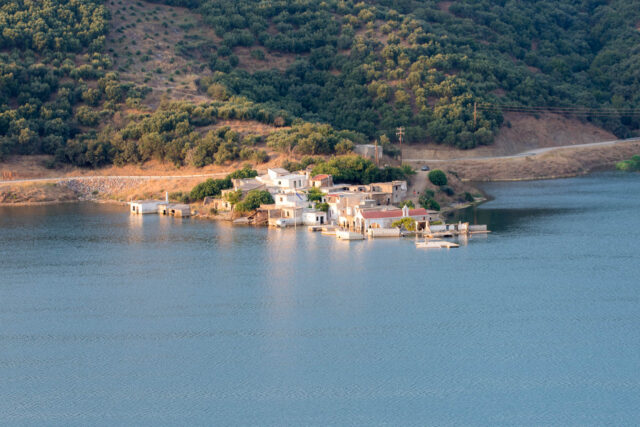


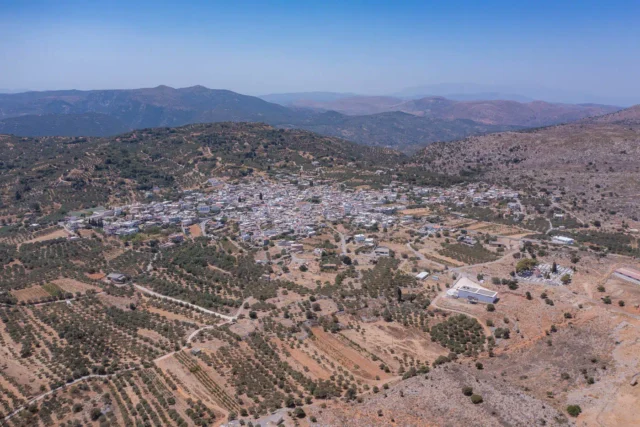
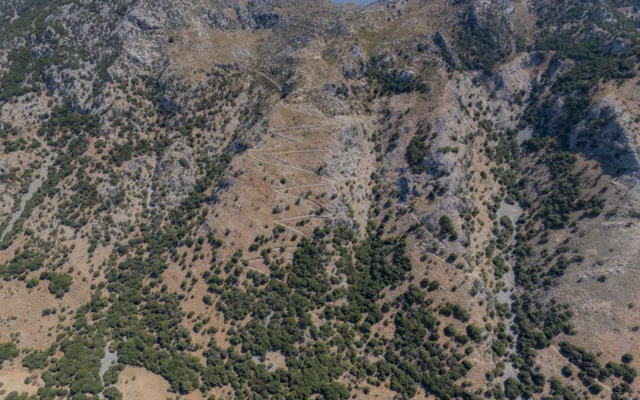
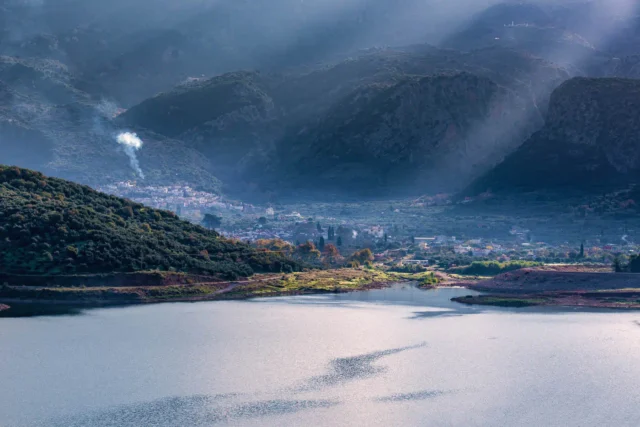
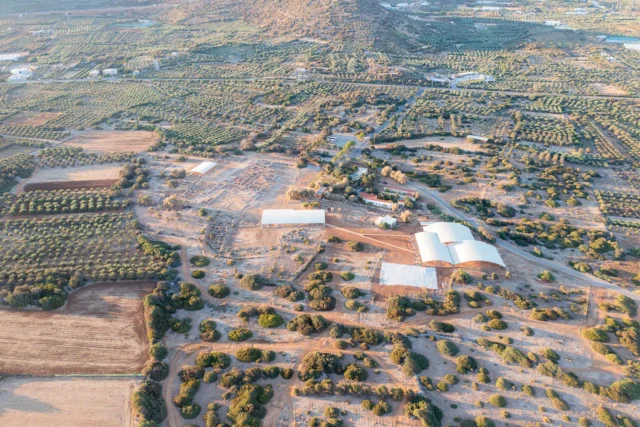

There are no comments yet.